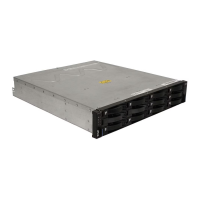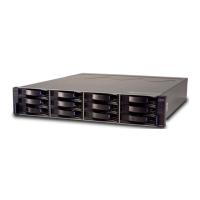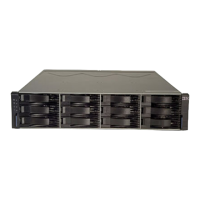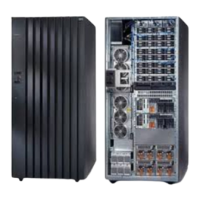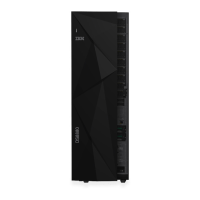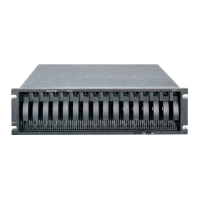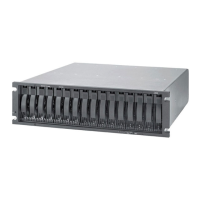7914FDE.fm Draft Document for Review March 28, 2011 12:24 pm
450 IBM System Storage DS3500: Introduction and Implementation Guide
15.1 The need for encryption
Data security breaches are becoming increasingly common, and the threat of unauthorized
access to sensitive data and intellectual property is growing. Data security is now a common
component of the corporate landscape, mostly driven by regulatory compliance, and security
efforts can often be fragmented.
At some point, all drives are out of an organization’s control and vulnerable to a breach. For
example, with “re-purposing”, decommissioning, or disposal of individual disks, common
methods of security are often insufficient when:
Deleted files can be reinstated.
Drive disposal methods are subject to human error.
Password protected data can still be accessed by a skilled individual.
Disk reformatting erases data on disks but information can still be recovered.
1
In each case, a risk is introduced where legible data might be recovered from disk. This can
be made significantly more difficult if Disk Security on a DS3500 storage subsystem is
employed.
15.1.1 Encryption method used
The FDE drives have encryption hardware, and can perform symmetric encryption and
decrypting of data at full disk speed with no impact on performance. The disk encryption
hardware is used in conjunction with IBM Disk Encryption Storage Manager on the DS3500
storage subsystem. It uses asymmetric encryption to encrypt and decrypt the data key. IBM
Disk Encryption Storage Manager will generate encryption and decryption keys that are used
to lock each FDE drive.
Without these IBM Disk Encryption Storage Manager managed keys, the user (authorized or
unauthorized) can no longer decrypt the data on disk.
1
Some utilities used to “erase” data from disks and arrays are not fully successful when such data can still be
recovered using forensic techniques
Important: FDE and drive-level encryption technology is a new and additional level of data
protection, but it does not replace the access controls and security processes that exist;
rather, it complements them.
Important: Should these keys and all copies be lost, then the encrypted data on disk
cannot be decrypted and is therefore considered lost.

